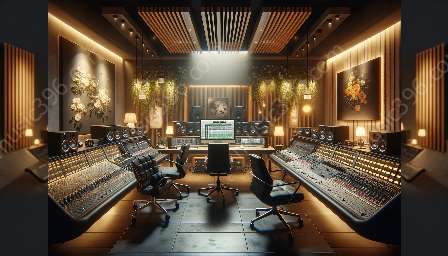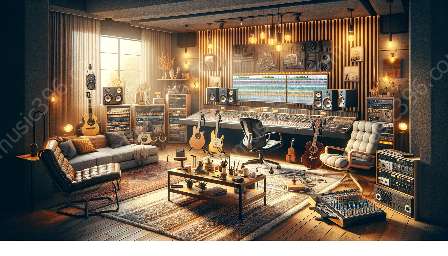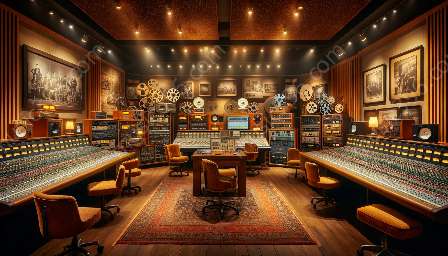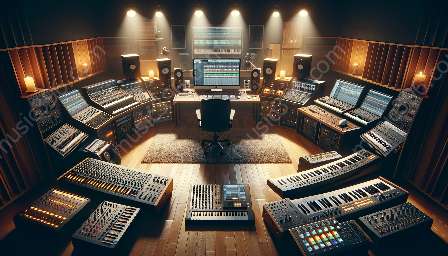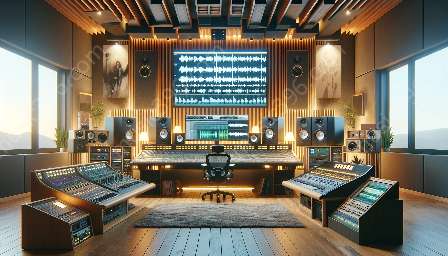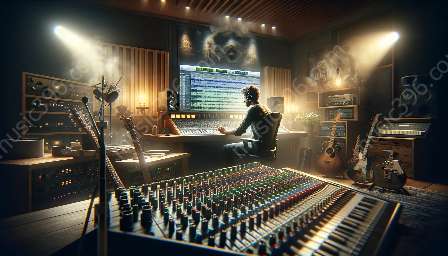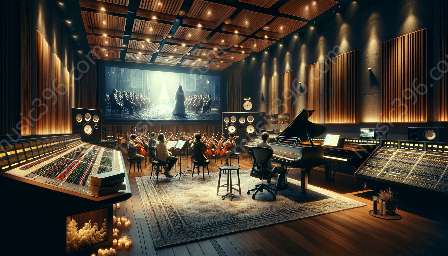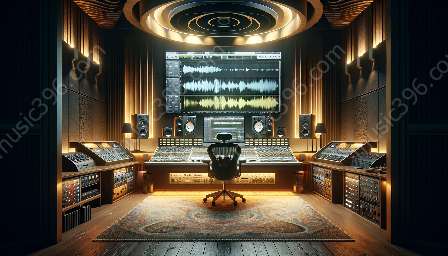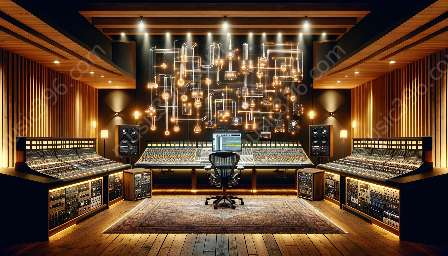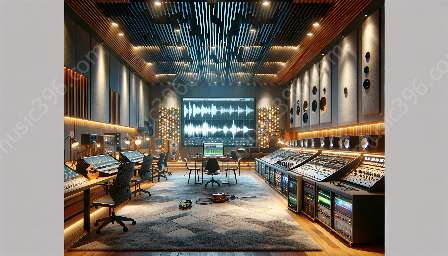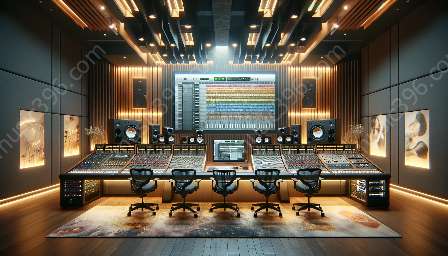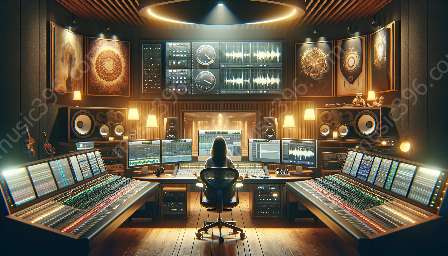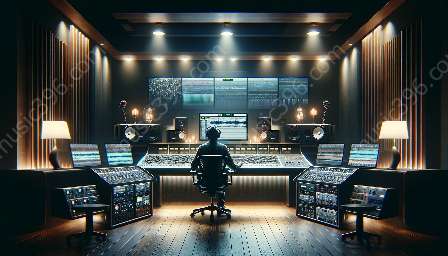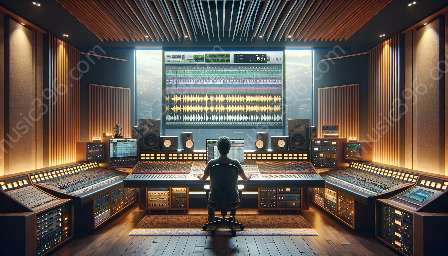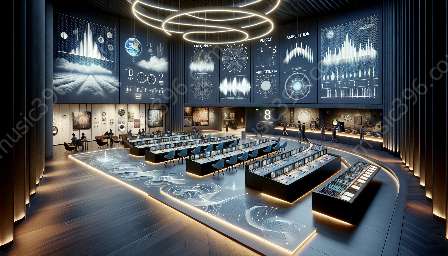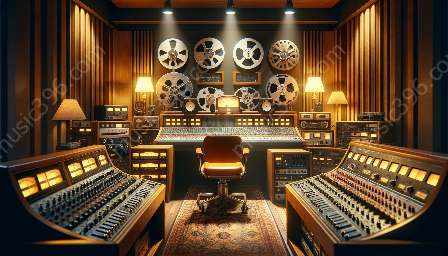Introduction to Ambient and Field Recording
Ambient and field recording are essential components in the world of music recording. These practices involve capturing sounds from natural or urban environments to create immersive audio experiences. However, with environmental changes occurring at an unprecedented rate, the impacts on ambient and field recording are becoming increasingly significant.
Environmental Changes and Soundscapes
The soundscapes of our surroundings are deeply intertwined with the natural environment. As climate change, urbanization, and industrial development alter landscapes, the sonic characteristics of these environments also change. This transformation poses several challenges for ambient and field recording artists and engineers.
Challenges in Capturing Authentic Sounds
One of the primary impacts of environmental changes on ambient and field recording is the difficulty in capturing authentic sounds. For example, increased urban noise pollution can disrupt recording sessions, leading to compromised audio quality. Similarly, changes in animal behavior due to climate shifts can affect the availability of natural sound sources, making it challenging to preserve the intended sonic atmosphere.
Adapting Recording Techniques
As environmental changes create new sonic landscapes, recording artists and engineers must adapt their techniques to accommodate these shifts. This may involve experimenting with different microphone placements, utilizing sound isolation methods, or exploring alternative recording locations to mitigate the effects of environmental disruptions.
Preserving Audio Diversity
Environmental changes also raise concerns about the preservation of audio diversity. Unique soundscapes, such as those found in rainforests, oceans, or remote wilderness areas, are at risk of being altered or lost due to human-induced environmental impacts. Ambient and field recording serves as a vital tool for documenting and preserving these sonic environments, emphasizing the importance of addressing environmental changes to safeguard audio diversity.
Opportunities for Creative Exploration
While environmental changes present challenges, they also offer opportunities for creative exploration in ambient and field recording. Artists and engineers can use innovative recording technologies and techniques to capture and reinterpret evolving soundscapes, incorporating these changes into their musical compositions to reflect the dynamic relationship between environment and sound.
Incorporating Environmental Awareness into Music
As environmental issues come to the forefront of global consciousness, ambient and field recording can serve as a medium for raising awareness about environmental changes. By integrating environmental sounds into music compositions, artists can evoke a heightened sense of environmental consciousness and provoke thought-provoking conversations about sustainability and the impact of human activities on the planet.
Conclusion
The impacts of environmental changes on ambient and field recording are multifaceted, influencing both the technical aspects and the creative potential of music recording. While challenges such as sound pollution and shifting soundscapes are prevalent, there are opportunities for artists and engineers to adapt, innovate, and advocate for environmental awareness through their sonic endeavors.



